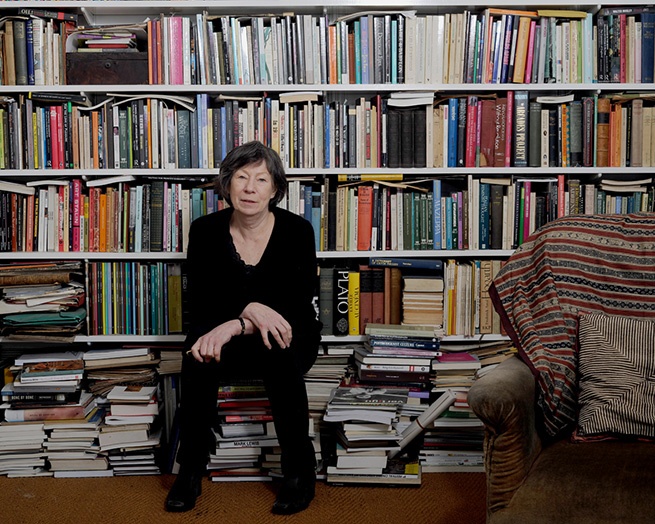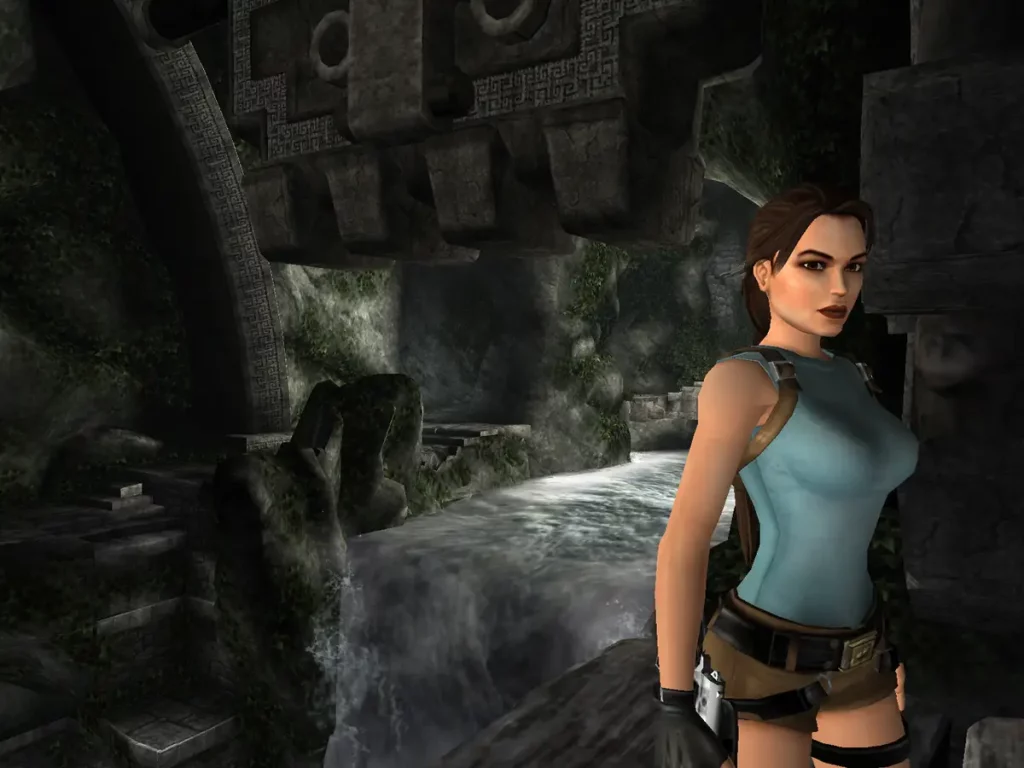
The ‘Male Gaze’ is a theory that revolves around the portrayal of women in the media industry that conforms to the masculine and heterosexual ideologies. It is a feminist theory that critiques mostly film, with many media texts prioritizing female objectification and sexualization over the character themselves. The theory was cultivated by the infamous theorist Laura Mulvey, who specialized in feminist theory and as time went on had a significant impact on gender representation in media.

The ‘Male Gaze’ has always been around us even without us knowing, this does not only apply to film either and a great example to justify my point is the early video game that was created and published in the year of 2007, Tomb Raider: Anniversary. This game follows the story of protagonist Lara Croft on her mysterious adventures to find hidden treasure in isolated and dangerous locations, however the first thing that is easily noticed when playing the game is obviously the character and her appearance. Lara Croft is fitted with a tight and small crop top that enhances her cleavage area, whilst also having shorts that are extremely short and finally it is as if she has a full face of makeup alongside her hair that perfectly done. The appearance of the character does not meet the plot of the game at all and is on the other hand done purposefully to conform to the ‘Male Gaze,’ this is because the target audience of the gaming community especially in this era of gaming was the demographic of middle-aged white men. The game developers created Lara Croft in a way in which she would be heavily appealed to and oversexualized by the male audience and this is exactly what happened.

Film is the area in which the ‘Male Gaze’ was predominantly featured and there are many examples of it even in modern media today with characters such as Naomi Lapaglia being brought to the screen in the iconic and blockbuster film ‘The Wolf of Wall Street’. Naomi Lapaglia was heavily objectified in this film from the very beginning, the way that she was introduced in the film portrayed her as a sexual object with the language that she used after meeting a male character, her hair and makeup was always done to perfection and in most scenes she had minimal clothing and was sometimes even nude which once again fed into the heterosexual male’s gaze. The ‘Male Gaze’ is not just about appearance and is considered to be present with characters conforming to traditional gender roles and that is also seen heavily in this film with Naomi Lapaglia as well as various other characters.
As time has gone on the representation of women in media is slowly beginning to change, they are being given purpose within media rather than just used as a tool for the male eyes pleasure and this is a great evolution moving forward as it is empowering for the portrayal of women and the women in the film industry themselves.
References:
Featured Image: https://archive.ica.art/whats-on/stanley-picker-lectures-laura-mulvey/index.html
Lara Croft Tomb Raider Anniversary Image: https://www.eurogamer.net/lara-croft-tomb-raider-anniversary-first-impressions
Margot Robbie as ‘Naomi Lapaglia’ Image: https://www.ladbible.com/entertainment/margot-robbie-genital-wig-merkin-wolf-449370-20230118

Just like your observation, I too noticed the issue of the male gaze while playing Cyberpunk 2077. For instance, many of the advertising images on the game’s buildings predominantly feature scantily clad women alongside guns, as if such imagery is necessary to attract and stimulate the players’ senses. However, this actually represents a form of objectifying women through the ‘male gaze’, reinforcing certain stereotypes about female sexual attractiveness. Your point is indeed valid and reflects a certain lack of consideration by some game developers in the design of characters and scenes.